Between 2020 and 2021 I was stuck in Budapest because of COVID-19 and couldn’t even return to Italy. When in January 2021 I saw a call for volunteers in central Asia, I thought this was the opportunity for a new experience after all this pandemic situation. I applied and got the position. I spent the summer of 2021 in Kyrgyzstan, and I stayed in Bishkek for almost 3 months.
I volunteered for a contemporary art association. My job originally was to help organizing a nomadic art camp, where nomad artists meet international ones and had an exchange, followed by an exhibition with the pieces of art they produced. Unfortunately, we didn’t manage to organize it because of a reduced budget and a lack of international artists. We had to be resourceful and somehow bring the project to a completion so at the end we organized some workshops where expats in Bishkek were making pieces of art with local artists that could be shown/sell in an exhibition.
Probably now you are thinking: “You are a chemist, how is it possible that you were volunteering for a contemporary art association?” Because I am also an activist and I do volunteer work in Budapest. I help organizing events for a local NGO and I used these skills in Kyrgyzstan. My work was to contact expat artists that wanted to be part of the project and finding a venue for the workshops and the exhibition.
My main work was to meet people and do some PR work, this made me meet a lot of people in the city, and understand how Kyrgyz people are friendly, welcoming and open to help. I remember that in the first week, I met so many people that I felt I met half of the city.
Nestled in the heart of Central Asia, Kyrgyzstan is a land of rugged mountains, pristine alpine lakes, and nomadic traditions. Its breathtaking landscapes, including the famous Issyk-Kul Lake, captivate with their natural beauty. The country boasts a rich cultural heritage, with a blend of Kyrgyz, Russian, and Soviet influences evident in its cuisine, music, and architecture. I experienced the warmth of Kyrgyz hospitality by staying in traditional yurts, where they indulged in hearty meals and I learned about the nomadic way of life. Kyrgyzstan's adventurous spirit shines through its outdoor activities, from trekking in the mountains to horseback riding across vast valleys.
Bishkek, the capital of Kyrgyzstan, is a city where Soviet-era architecture meets modern urban life. Its wide boulevards, leafy parks, and grand squares are adorned with statues and monuments, reflecting the country's history and culture. The bustling Osh Bazaar offers a sensory experience with its colourful stalls selling spices, textiles, and local delicacies. Bishkek's cafe culture is thriving, with trendy coffee shops and restaurants serving both traditional Kyrgyz cuisine and international fare. You can explore the city's museums, such as the State Historical Museum, to delve into Kyrgyzstan's past, or enjoy the lively atmosphere of Ala-Too Square, the heart of Bishkek.
I was hosted by a Kyrgyz family my coordinator knew and suggested I book an AirB&B with them. I loved staying with them, they are a lovely family. Ashim and Sadaat with their 3 kids are curious and friendly, they helped me with whatever I needed/wanted, for example, Ashim helped me find a new lens for my camera. We had a lot of talks in the kitchen in front of a cup of tea sharing traditions, culture and experiences.
One day when I came back home I found in the kitchen a lasagna, Sadaat had prepared it for me, and it was good, I ate two portions.
There were other travellers staying in the house, for a period a French girl, after a Vietnamese lady. It was nice to have other travellers in the house and share our stories. Sadaat and Ashim decided to have French, Italian, Vietnamese and Kyrgyz dinners.
When I am travelling alone I usually do walking tours to know the city and to meet people, and I did the same in Bishkek. I did four tours with Bishkek walks. The first one was about the mosaics and the Soviet Art in the city. The political ideology of the Communist regime heavily influenced art in the Soviet Union. Socialist realism emphasized depictions of the Soviet way of life, glorifying the achievements of the working class, industrialization, and collective agriculture. Art was intended for the masses, to educate and inspire the people to support the socialist cause, so it is possible to find mosaics on bus stops, building facades or post offices.
During half of the tour I was alone with Altinay, the organiser, and the other participant joined us on the way. It was nice to have a sort of private tour, and I became friends with Altinay so I participated in other tours with her.
The other tour was about the industrial part of the city and the Interhelpo organization. Interhelpo was a unique group, an industrial cooperative formed in the 1920s by Czechoslovakian workers and farmers. Their goal was to help build socialism in Soviet Kyrgyzstan. They brought their skills and knowledge to develop modern industries and agriculture, contributing significantly to the region's growth. By 1925, they were the top cooperative in the USSR, and at their peak, they produced a staggering 20% of Kyrgyzstan's industrial output. Their work helped lay the groundwork for Bishkek's early industrial development.
However, their story isn't without tragedy. Many members faced persecution during Stalin's purges, leaving a dark mark on their legacy.
We visited the part of the city near Osh Bazaar, where the houses built during that time are still there and are used by families that work in the bazaar, most of them come from the countryside. It’s a poor part of the city, the houses were in part renewed with electricity and a sort of bathroom, but you can imagine that the living conditions are not the best.
Another tour was about the artists’ studios. We visited some painters and sculptors’ studios, and saw how they work, and how life is for an artist in Kyrgyzstan. We also visited a house museum of a Kyrgyz artist.
The “art world” is far from my background. I wanted to understand it better since the project I was working on was all about it, and this interesting tour helped me. I learned a lot about contemporary art and I can not deny it is still difficult for me to appreciate it.
I did also one about the Silk Road outside the city, but I will talk about it in another post.
One of my favourite places in the city was Ala-Too Square, which is a bustling hub of activity and a meeting point. Dominated by the Grand State Historical Museum and adorned with statues and fountains, the square is a symbol of the country's independence and cultural heritage. At its centre stands the towering statue of Manas, the legendary hero of Kyrgyzstan, surrounded by cascading water features.
The square serves as a venue for various events, celebrations, and political gatherings, reflecting the dynamic spirit of the city. I liked this place because it is very lively where you can witness street performances, browse through stalls selling local crafts and souvenirs, or simply relax on benches while soaking in the vibrant atmosphere. I went there regularly with my camera because it was full of situations to capture.
Another important place in Bishkek is Victory Square, which is dedicated to Kyrgyz soldiers who died fighting in World War II. The centrepiece is a monument with an eternal flame, topped by a sculpture of a Kyrgyz woman symbolizing mothers waiting for their sons to return home. The square's design reflects traditional yurts, honouring Kyrgyz culture.
Built in 1985, it replaced a lively market that used to be the heart of the city. The centrepiece is a stunning archway designed to look like three curved supports of a yurt, a traditional Kyrgyz dwelling. This design reflects the country's cultural heritage. Beneath the arch, an eternal flame burns brightly, a constant reminder of the sacrifices made during the war.
I went to this place just a couple of times, it didn’t attract me as much as Ala-Too Square, it was emptier and less lively.
One day, with Sadaat I went to Osh Bazaar. If you read regularly I only take pics you know that I love markets and bazaars, and I always visit them. Unfortunately, I don’t have pictures from there, because Sadaat suggested I not take the camera and hide my phone for safety reasons. To be honest, I felt pretty safe in the market and in general in Bishkek. Of course, I followed the recommendations of my local host even when I felt it was not as dangerous as other markets/places I have visited.
Osh Bazaar is bustling market that offers a sensory journey through the flavours, colours, and culture of Kyrgyzstan. Named after the southern city of Osh, this market is one of the largest and most famous in the country. Here, you can wander through narrow alleys filled with stalls selling a wide array of goods, from fresh fruits and vegetables to spices, dried fruits, nuts, meats, and dairy products, but also traditional Kyrgyz hats, carpets, clothing, and souvenirs.
While walking in Bishkek is easy to find booths with ladies that sell drinks, and the most common are Kwac and Kumis, both are traditionally consumed by nomadic cultures in Central Asia for centuries and are still enjoyed today as part of their culinary heritage.
Kwac is a fermented beverage made from bread and water. It's a mildly alcoholic drink with a slightly sour taste. Kumis is a fermented dairy product made from mare's milk, it has a tangy flavour and slight effervescence. Kumis is mildly alcoholic, rich in probiotics and is believed to have health benefits.
I didn’t like Kwac, and I still don’t like it, after trying it several times. On the contrary, I started to love Kumis, travelling around the country is easy to find yurts near the street where you can stop to buy bottles of it.
This is what I can tell you for now. How it is travelling in Kyrgyzstan and which places I visited are material for another article.
See you soon
Flavio




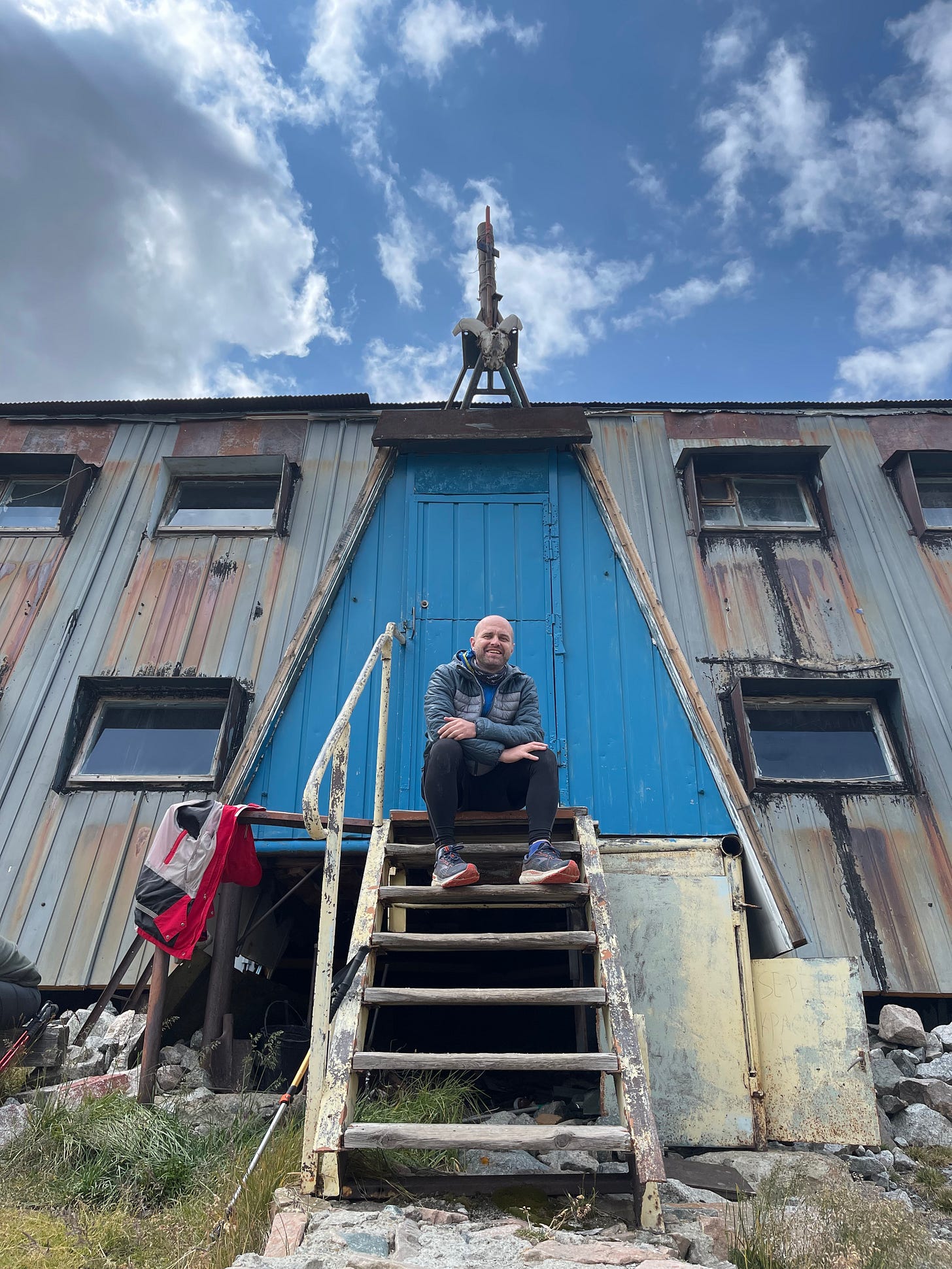
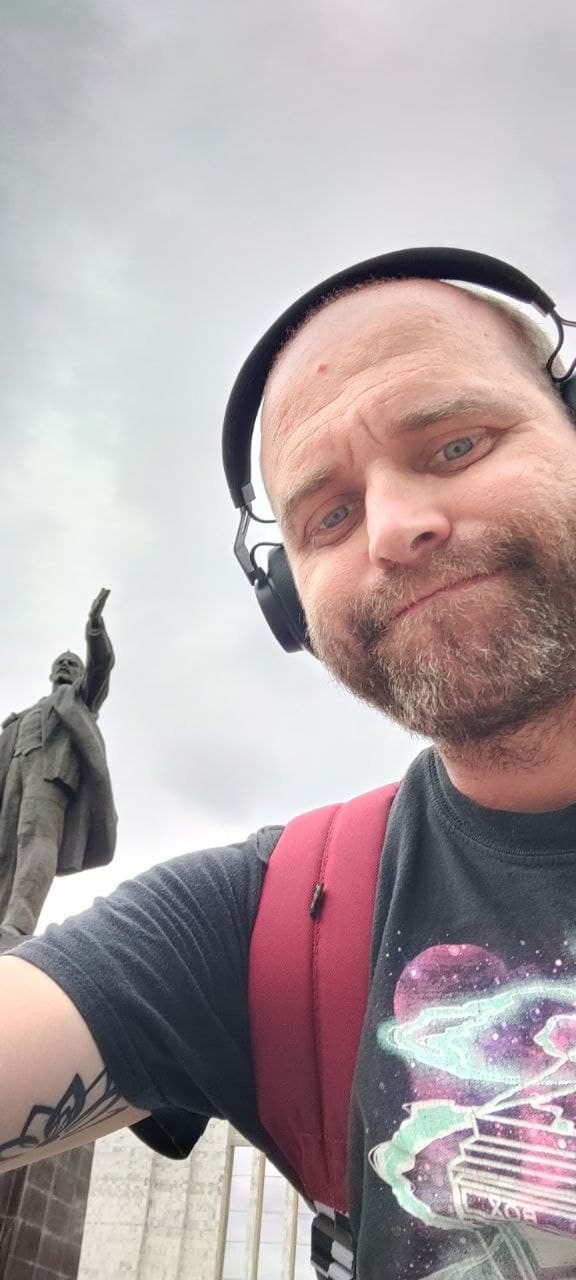

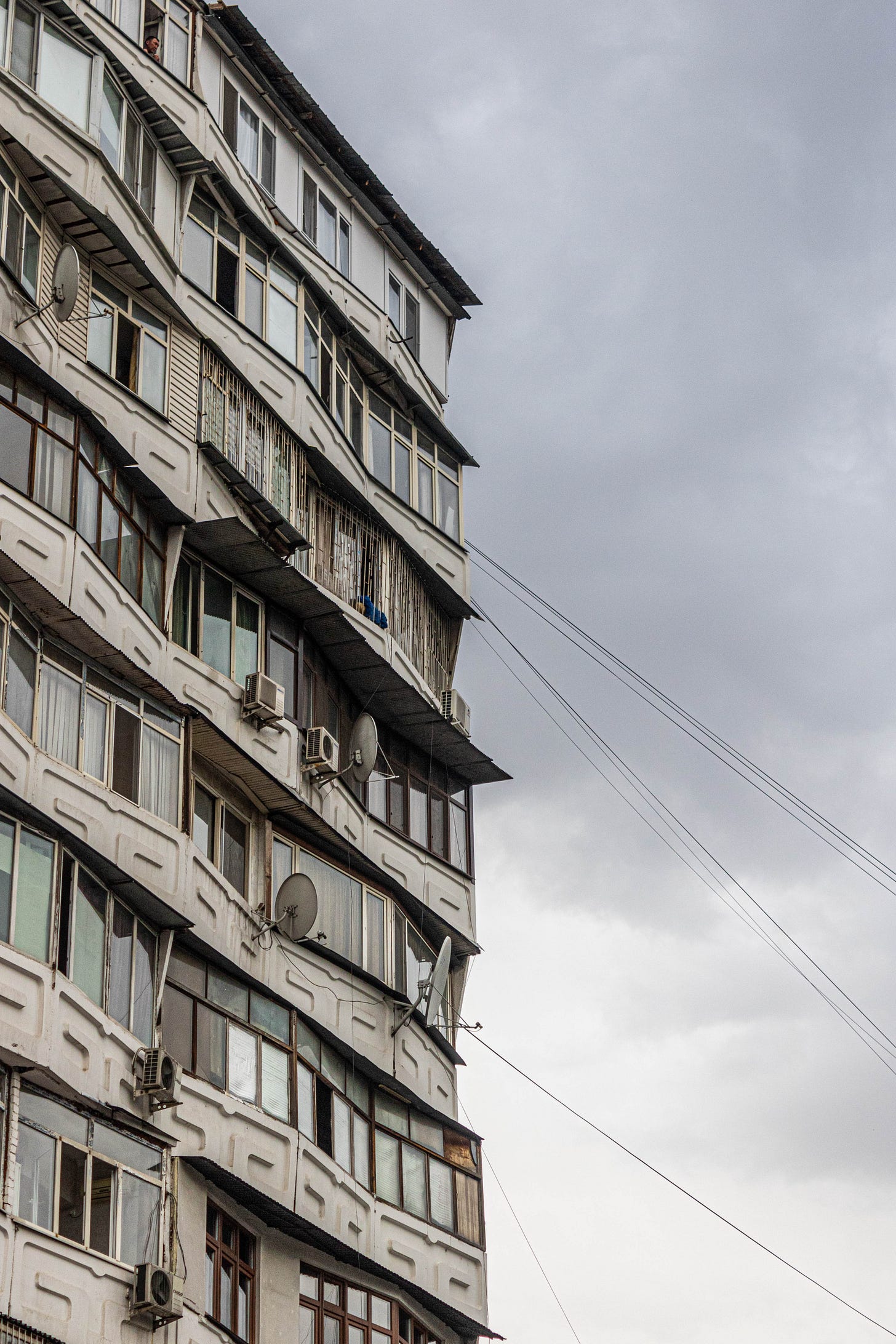


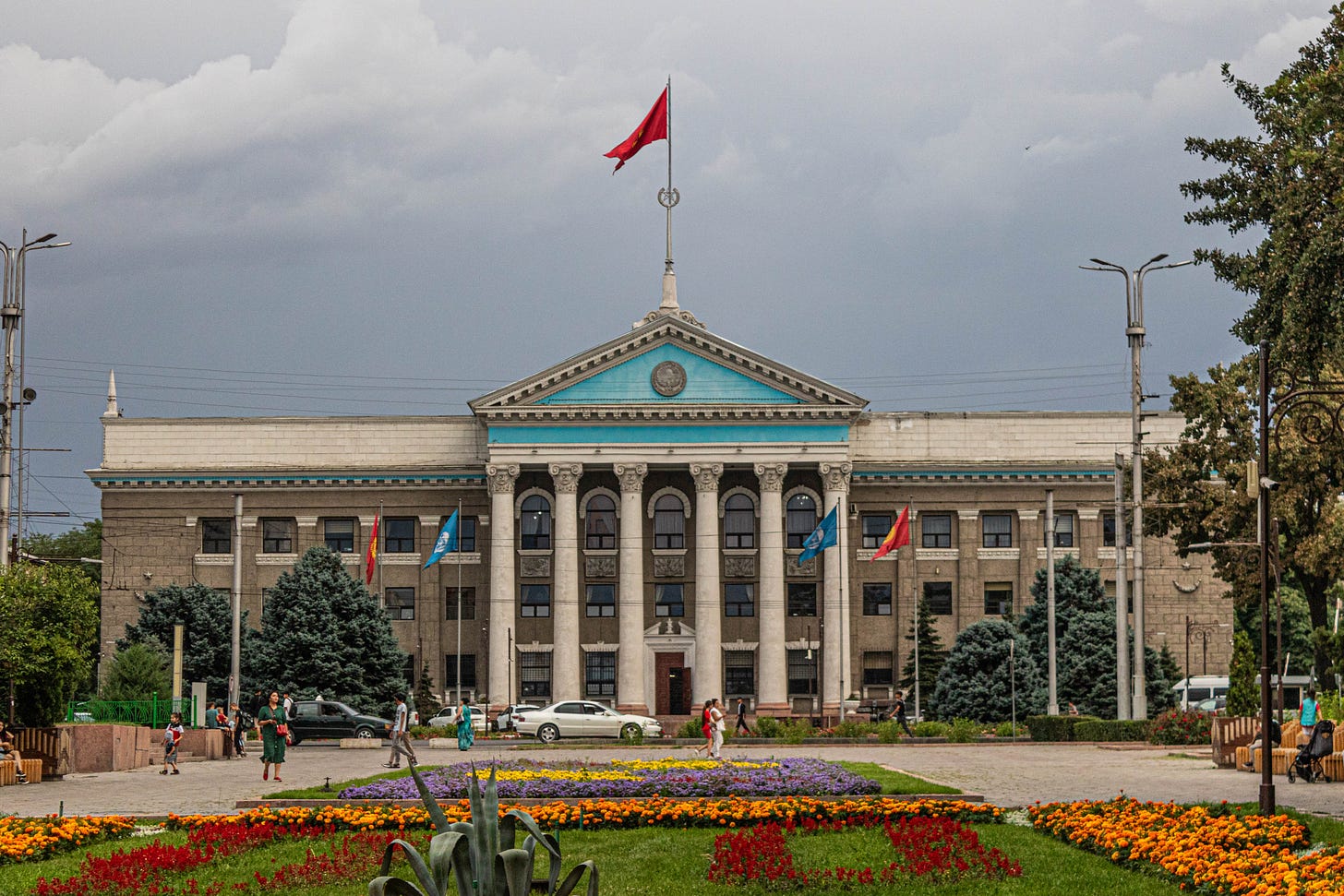





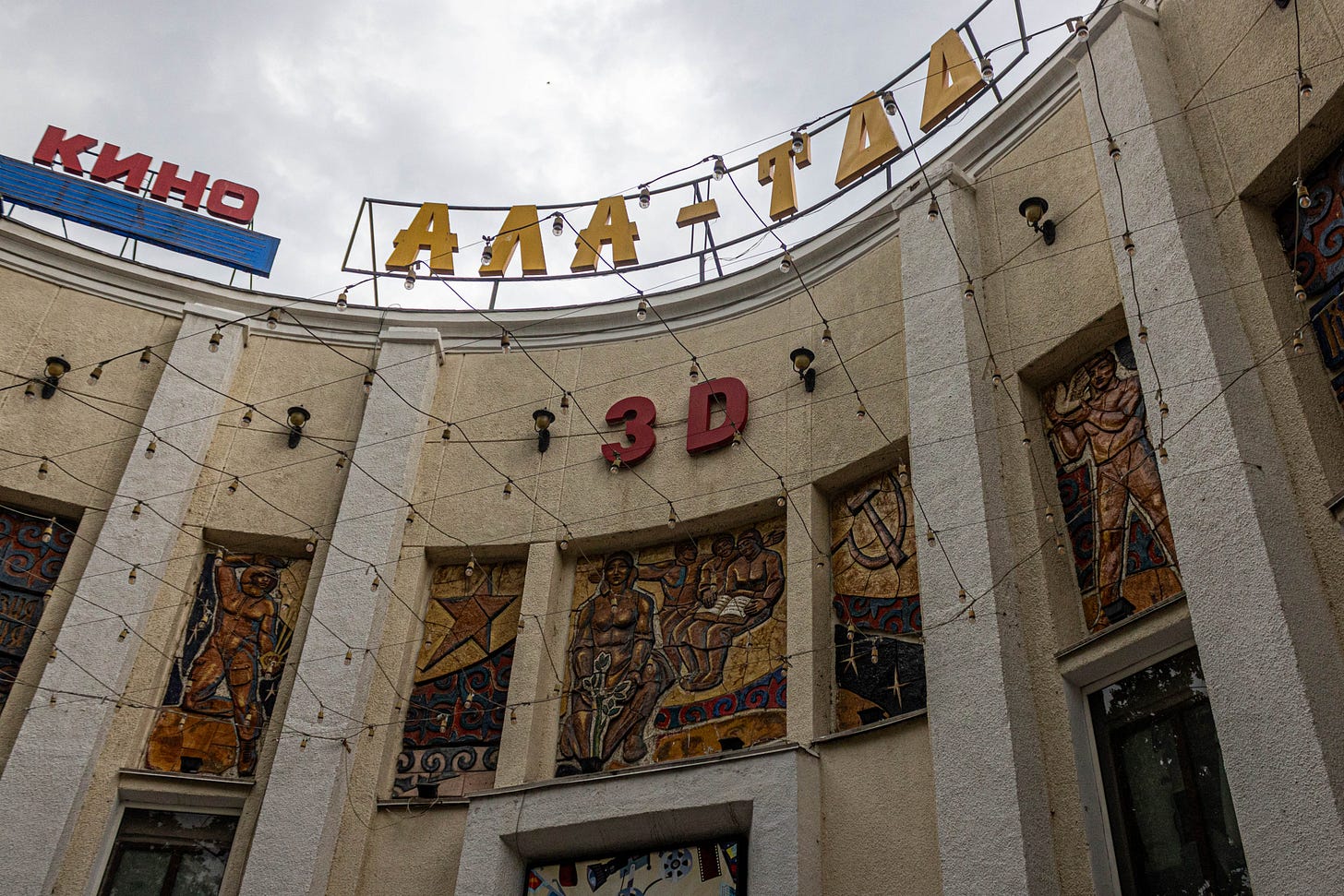
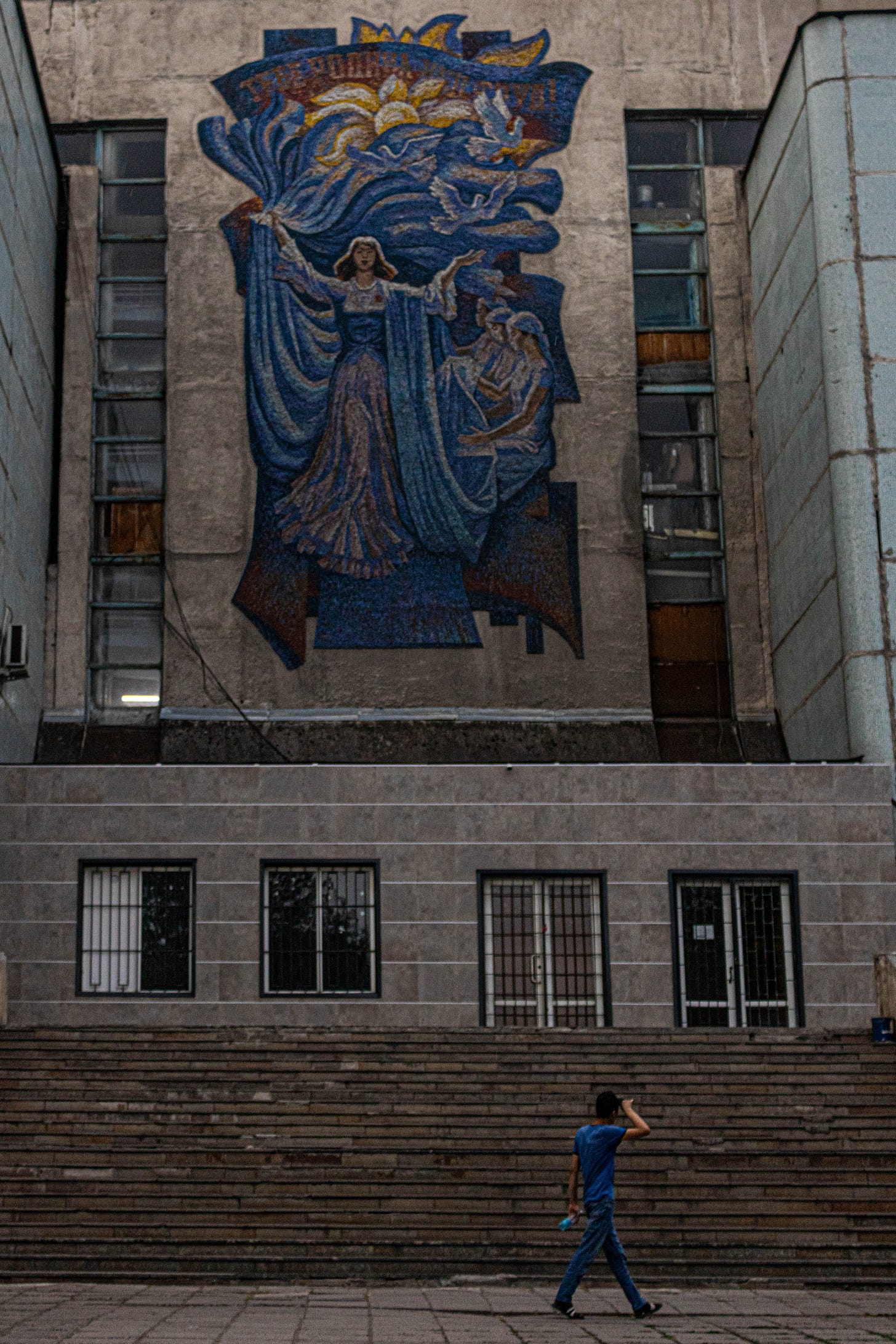
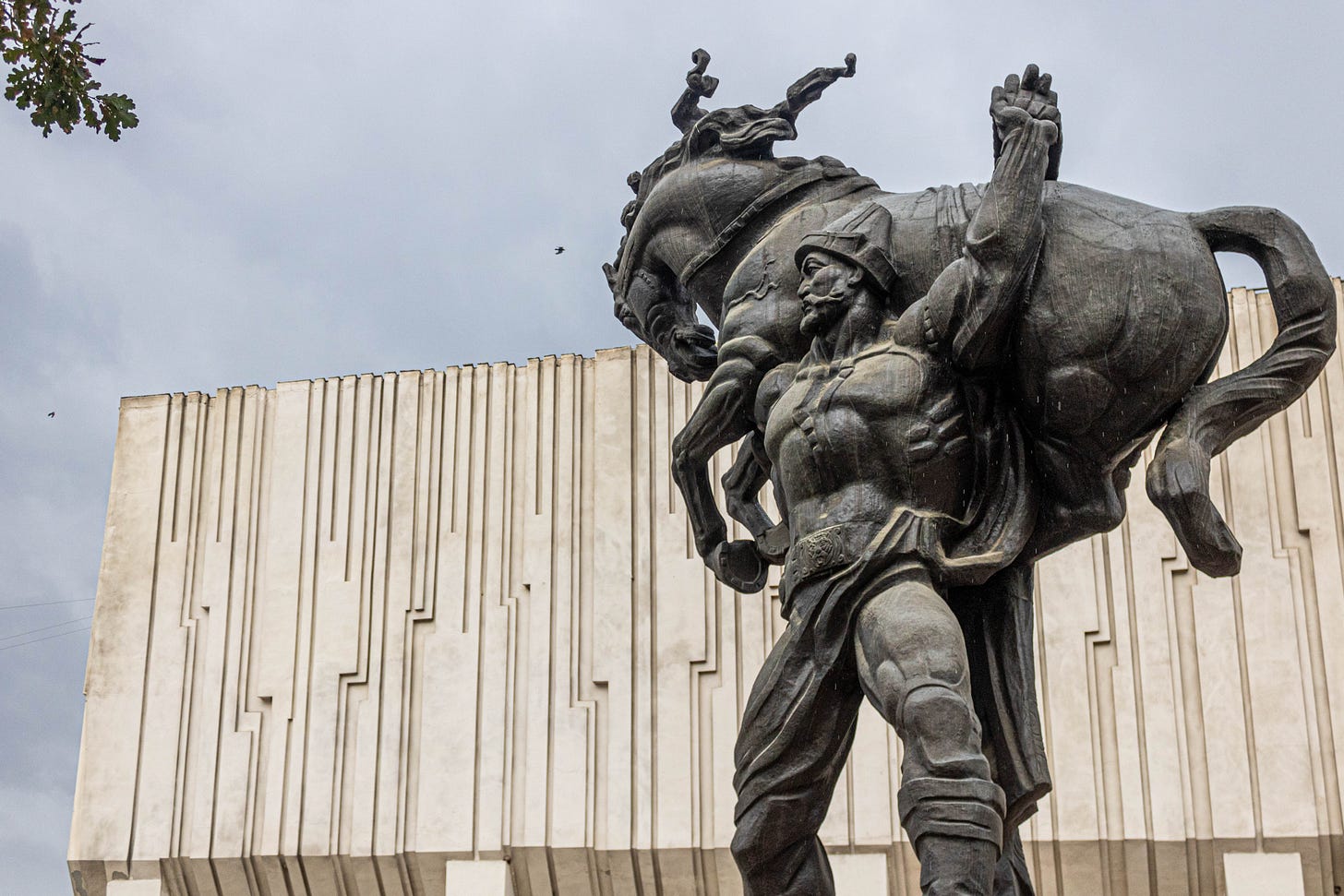

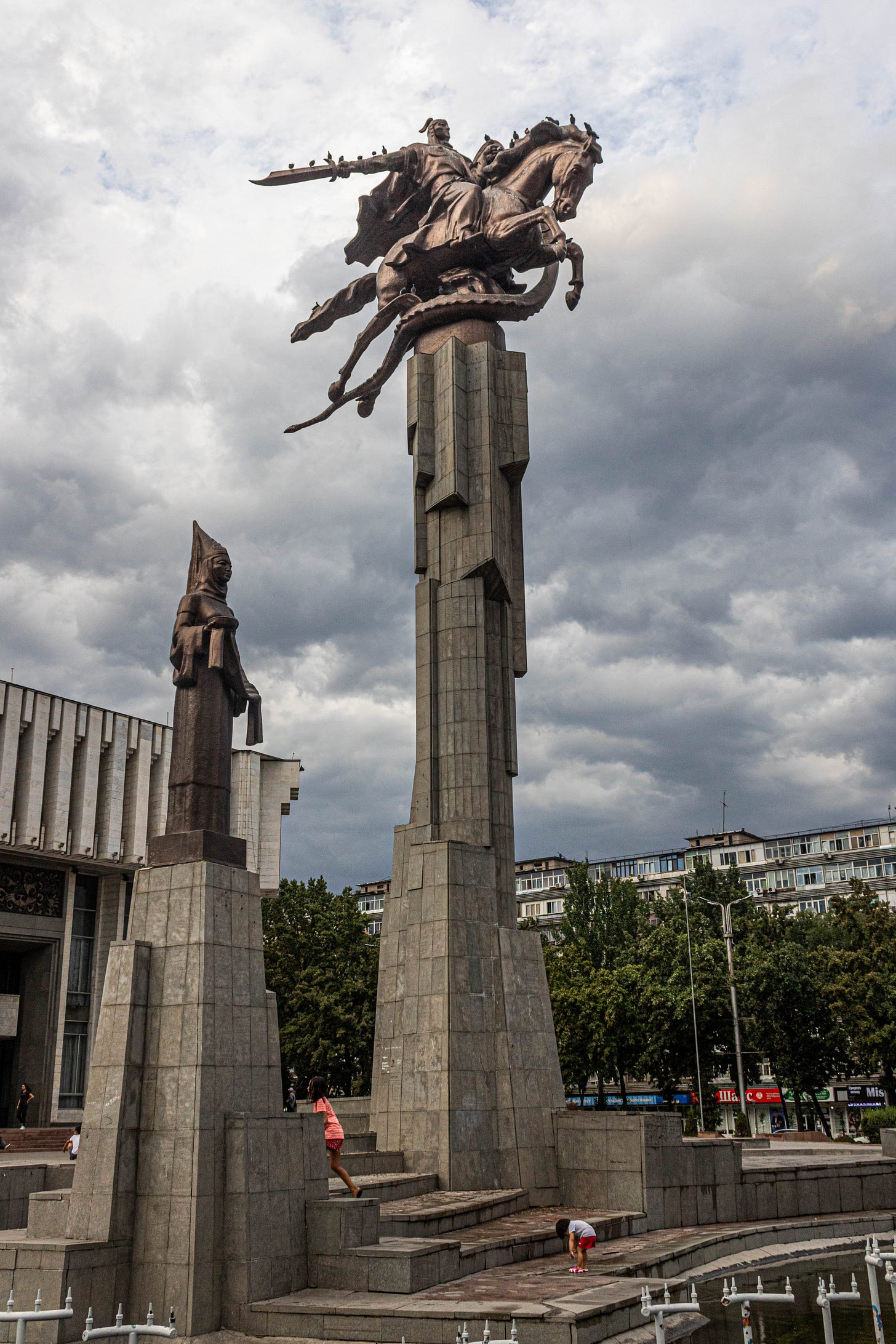

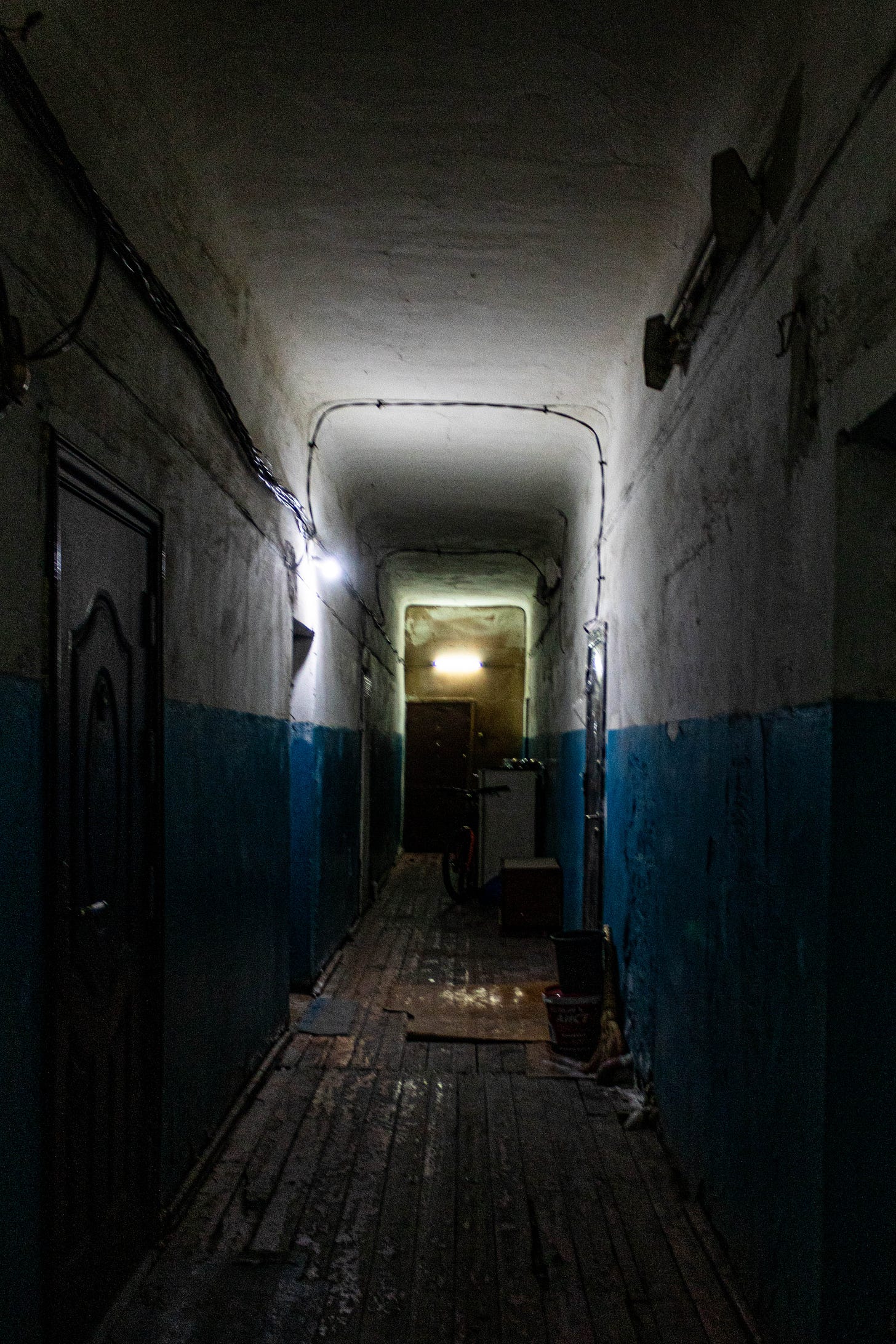
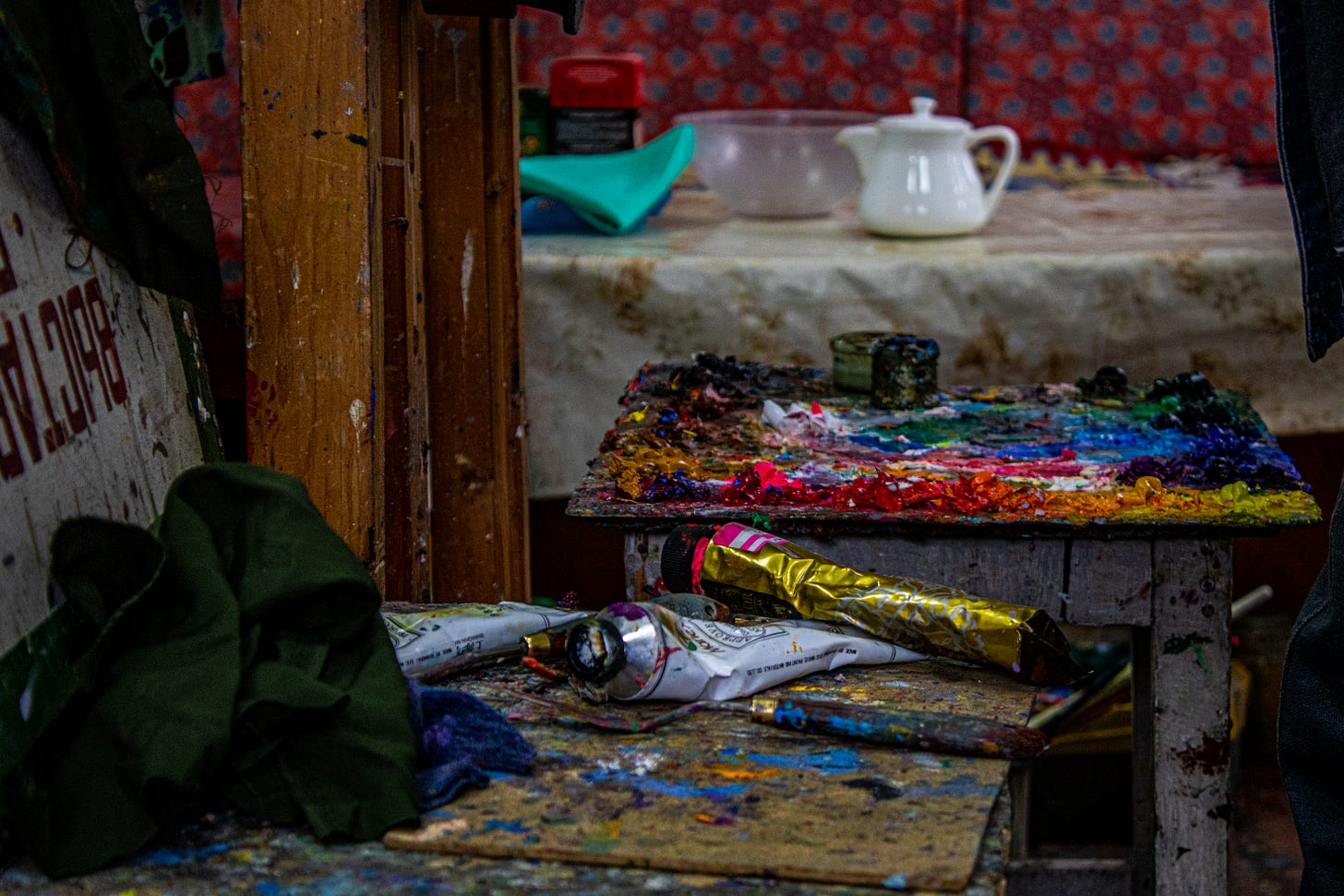

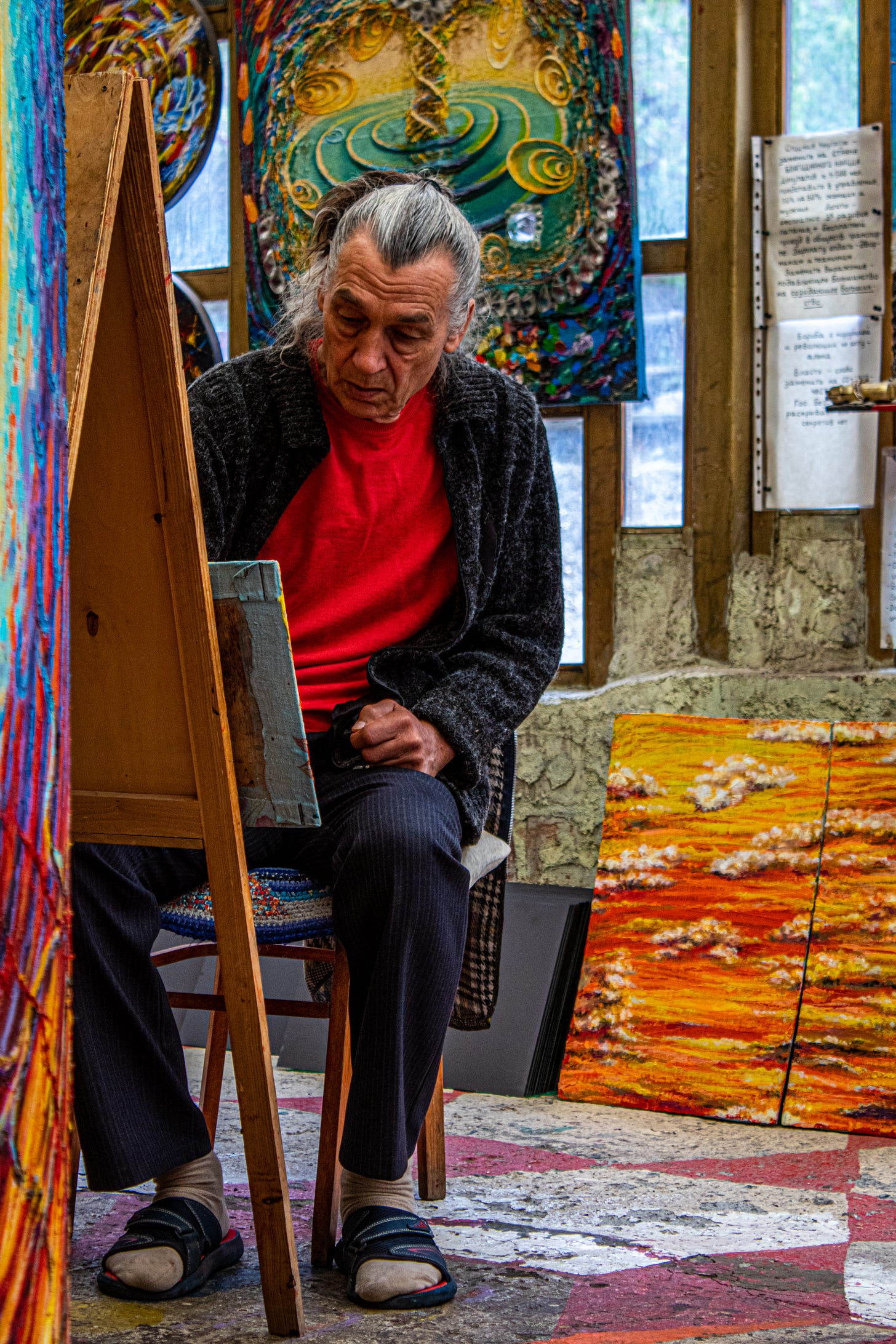

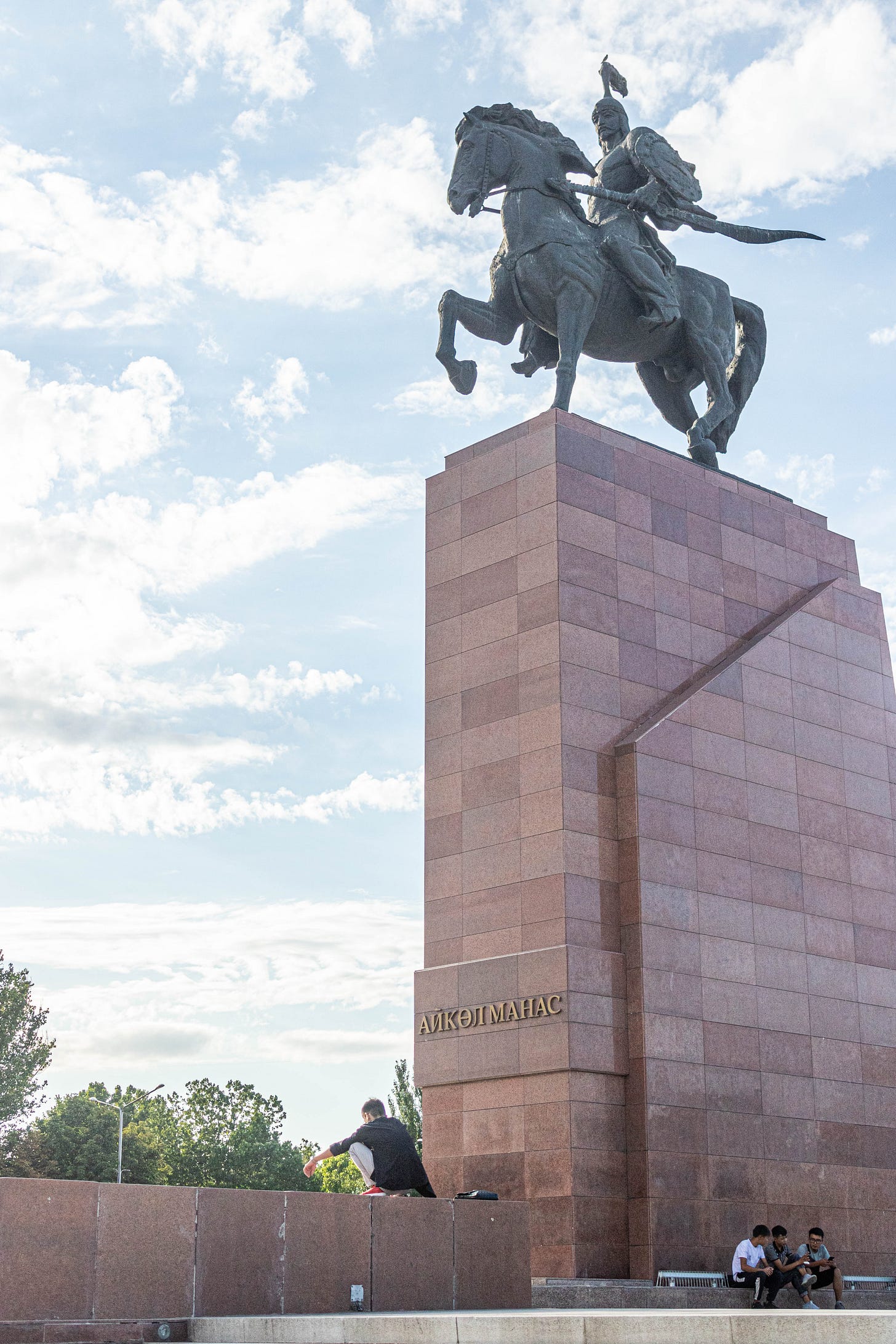

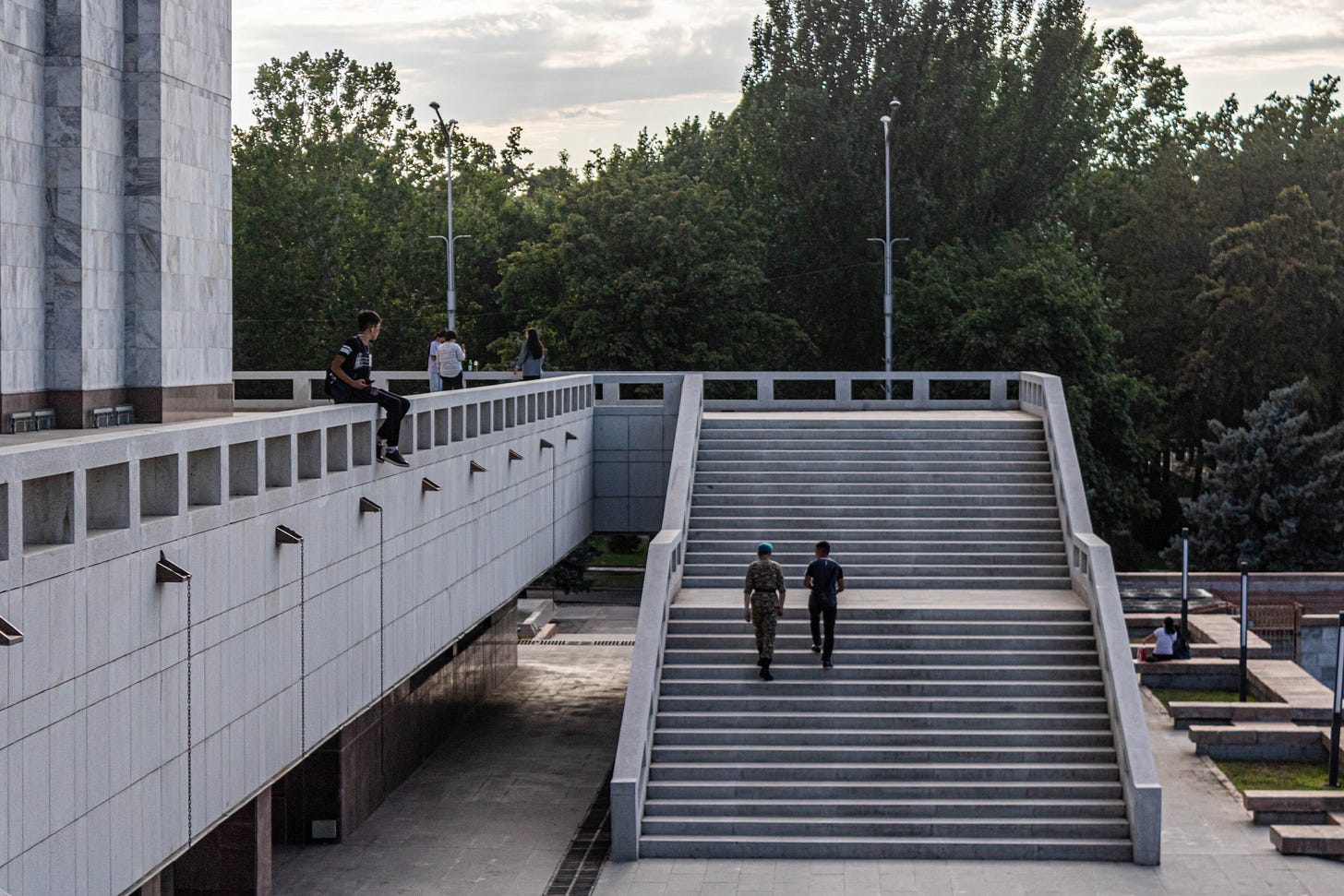
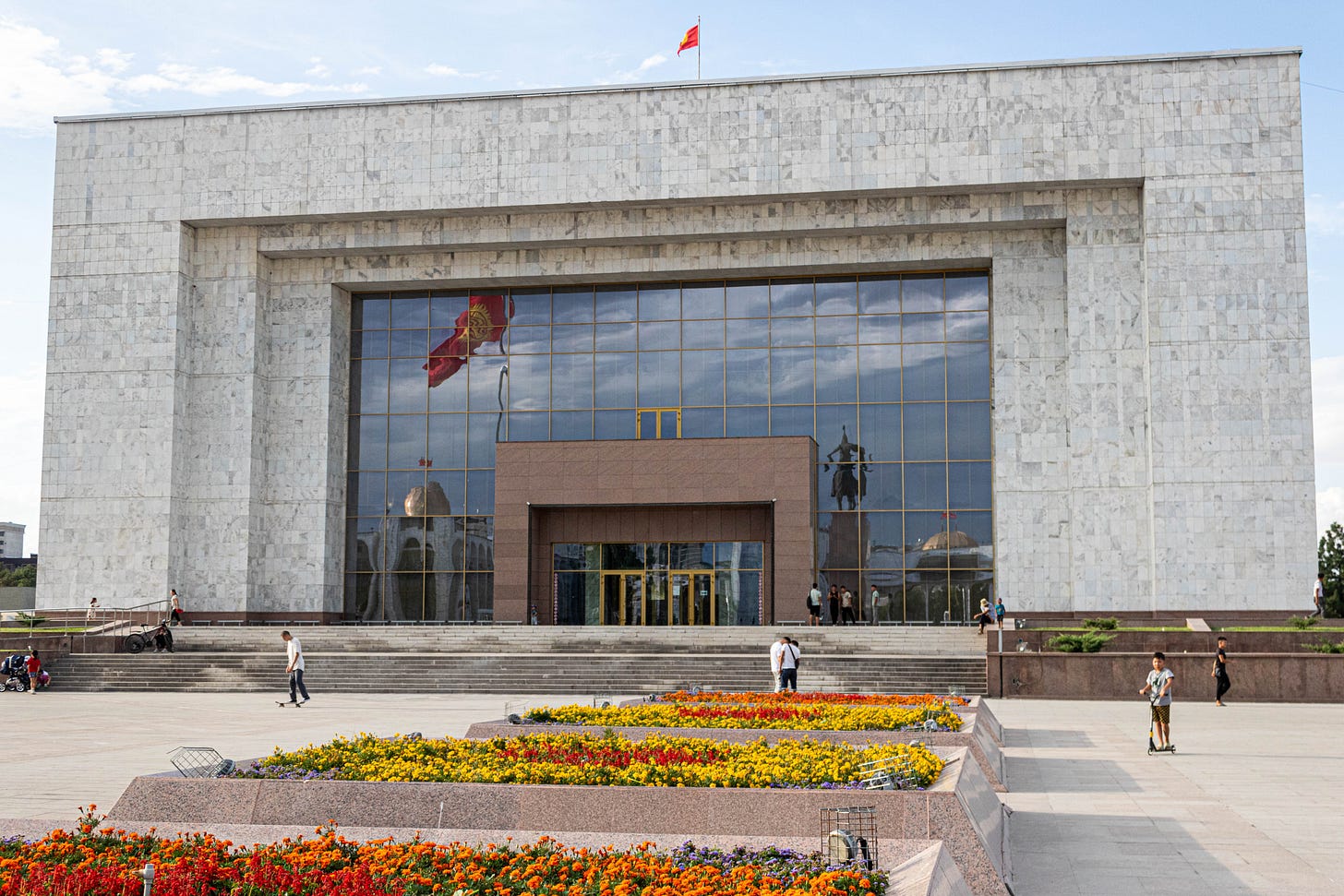


Great series on Kyrgyzstan! I really loved to know more about its culture, its horses, its nomads, its landscapes and its Soviet heritage
Another great article Flavio, plus wonderful photos. You are fortunate to be billeted in many places, I often wonder with all your travels how you manage to fund these trips, or are they only taken during your holiday breaks?